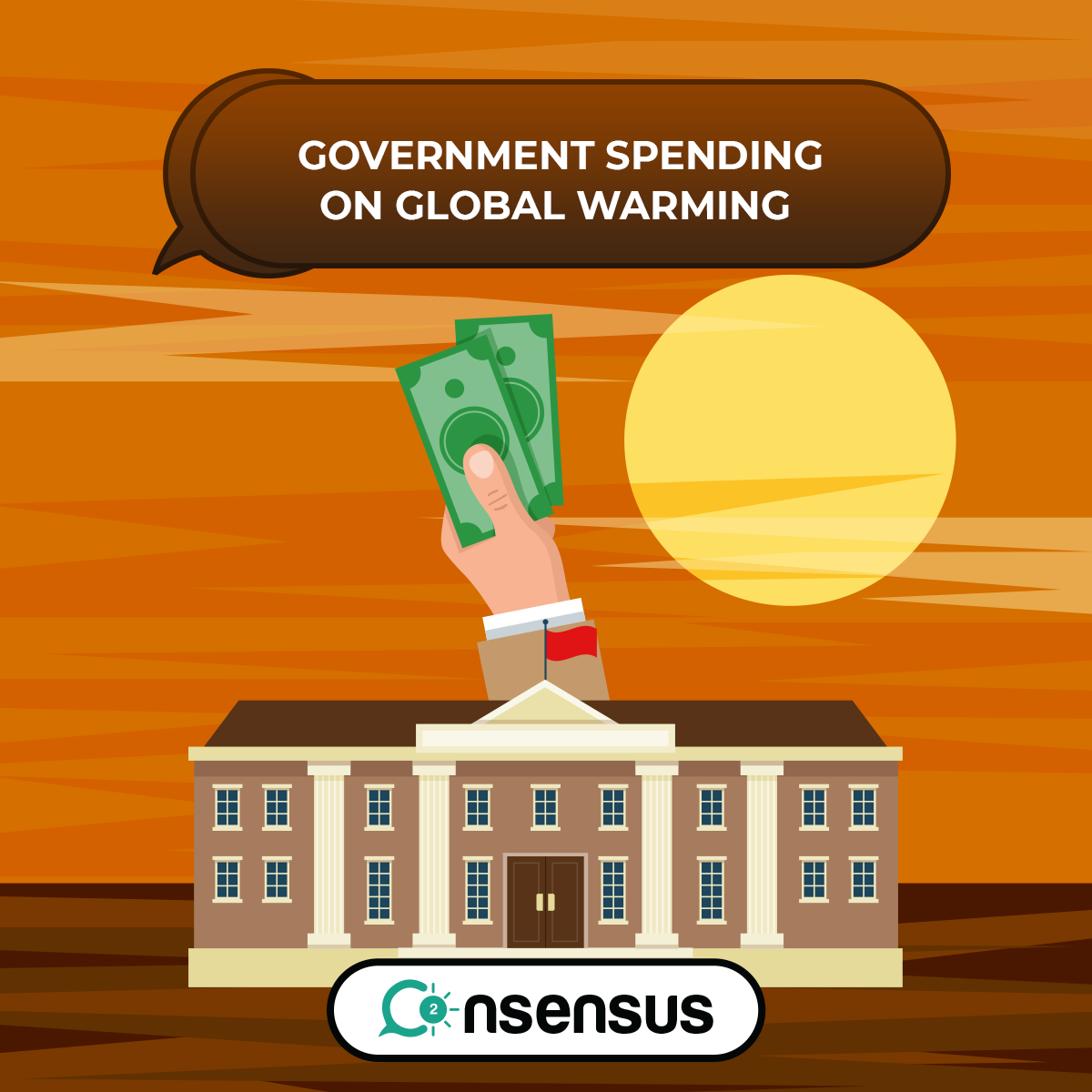With the passage of time, global warming has successfully captured the attention of the world leaders and compelled them to take drastic decisions and measures to ensure that the effects of global warming can be controlled. However, in order to do this, the governments have not only made certain environmental laws but also allotted a certain amount of budget in order to tackle with the environmental issues.
Usually, the government is tasked to manage and protect natural resources such as our rivers, including the allocation of funds needed for this cause. In the realm of government finance accounts, spending related to conservation, management of natural parks and reserves, wastewater management and pollution control are also classified under the laws of environmental protection.
The Environmental Performance Index (EPI) is universally used, which attempts to measure the extent to which countries implement policies to protect their natural environments, by calculating 20 separate indicators across areas such as air quality, agriculture, climate and energy. The overall score can be broken down and explored by indicator on the interactive Environmental Performance Index website.
Eight of the top 10 countries are found in Europe, with Singapore and Australia completing the top of the ranking. The Czech Republic has made the most progress over the past decade, increasing by 3.47 percentage points.
According to a study, the environmental budget is different for every country. Each country spends their own allotted quota of budget to manage the problems of environment such as global warming. A quick overview of comparison of government spending is given below:
The proportion spent on environmental protection across 35 countries belonging to the Organisation for Economic Co-operation and Development (OECD) was 1.3%. Those topping the OECD list were the Netherlands (3.2%) and Japan (2.9%).3 Australia’s government spent 2.4% of its total budget on environmental protection, while the United Kingdom devoted 1.8%. The two Latin American countries on the list, Columbia and Costa Rica, both spent 1.4%.
Considering the example of South Africa, who have their own unique set of priorities that determines how government spends its money. The largest expenditure item for the South African government in 2014-15 was education, taking up 19.0% of total spending. Other notable items included social protection (13.1%), health (11.2%), interest payments on debt (8.2%), police (6.6%) and defence (3.0%). All these were above environmental protection’s contribution of 0.7%.
According to Stats SA’s latest consolidated government expenditure report published in November 2016, the South African government spent around 0.7% of its total budget in 2014-15 on environmental protection, This amounted to R10 billion out of R1.4 trillion of total spending.
The function is carried out across all levels of government, but the main players are national government and extra-budgetary accounts (EBAs). These are public entities that perform an integral role in delivering services to government or to the public on behalf of government. There are 251 EBAs in total, which include the South African Revenue Service (SARS), the National Lotteries Board, the Road Accident Fund, and the Public Protector.
In 2015-16, the eleven EBAs involved in environmental protection spent a total of R 5.4 billion, according to updated figures released in Stats SA’s latest financial statistics of extra-budgetary accounts and funds report.
Most of the spending, namely R 5.3 billion, was directed to the protection of biodiversity and landscapes. Research and development received R97 million and waste management R8 million. EBAs have increased their spending on environmental protection over the last five years, from R 4.2 billion to R 5.4 billion. However, there was a slight drop in expenditure (by R183 million) in 2015-16 as compared with 2014-15. This was mainly caused by a decrease in spending by South African National Parks and SANBI.
Business leaders from Tesla, General Electric, and Goldman Sachs said this will give foreign competitors an edge in clean energy industries. U.S. companies need government support and subsidies in these industries to pay for research and bring costs down.
China is already taking the lead in electric vehicles. Almost half of the world’s plug-in electric vehicles are sold in China. Its regulations and subsidies drive consumers away from gasoline-powered cars. China wants to reduce pollution. It also wants to reduce reliance on foreign oil. But more importantly, it wants to improve the country’s automakers. China’s car market is so large, it’s forcing foreign carmakers to improve their electric vehicle production.
In USA, the federal funding for climate change research, technology, international assistance, and adaptation has increased from $2.4 billion in 1993 to $11.6 billion in 2014, with an additional $26.1 billion for climate change programs and activities provided by the American Recovery and Reinvestment Act in 2009. According to the Office of Management and Budget (OMB) it has been reported that the federal climate change funding is done in three main categories since 1993:
- technology to reduce emissions,
- science to better understand climate change, and
- international assistance for developing countries.
The protection of environment and tackling the problem of global warming is the first step taken by the world towards sustainable development.
